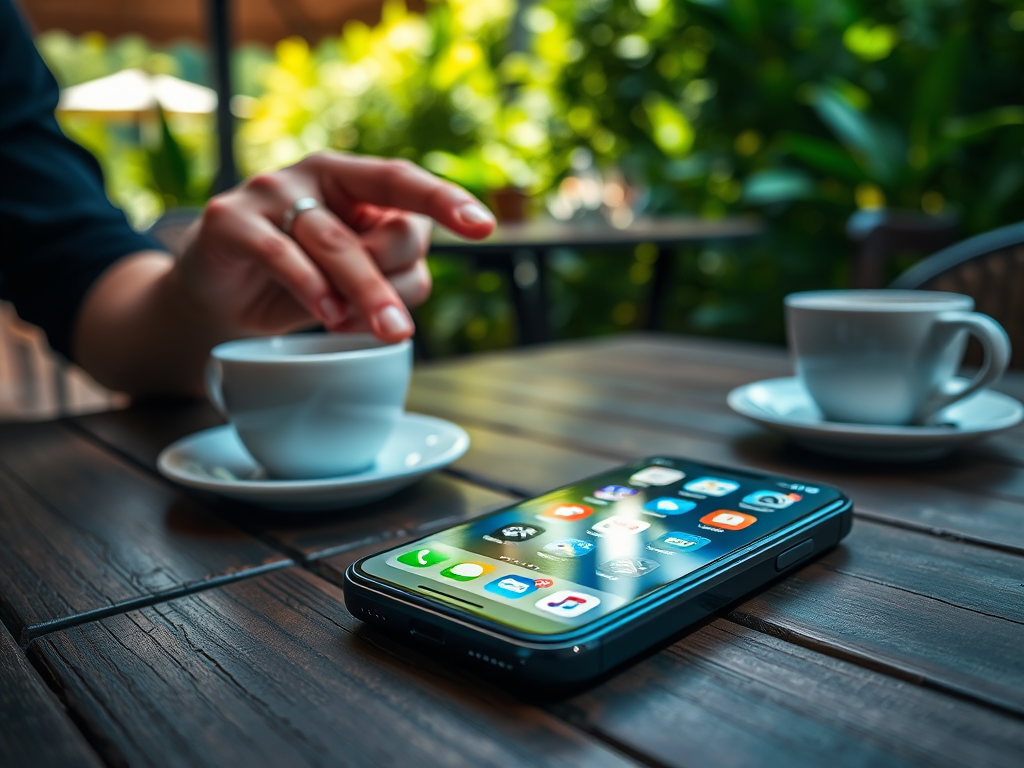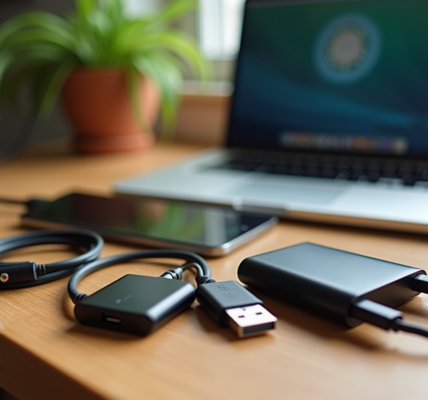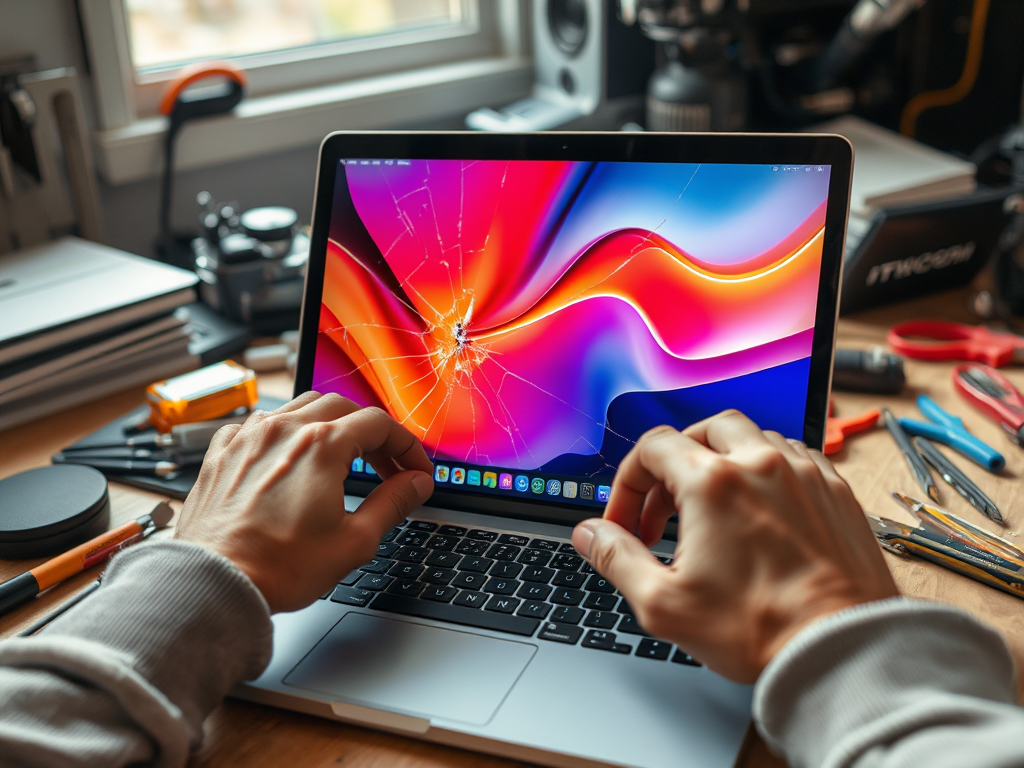Dealing with iPhone troubles can be a daunting task, especially when your device is a critical part of your daily life. From unexpected crashes to battery drain issues, these technical hiccups can cause significant disruption. Luckily, you don’t have to be a tech guru to address common iPhone issues effectively. This article will delve into expert advice on diagnosing and resolving iPhone troubles so you can return to enjoying your device without the headache. Whether you are experiencing minor glitches or more severe problems, the insights we provide will empower you to tackle challenges head-on.
Before we dive into specific troubleshooting techniques, it’s essential to get acquainted with the most common iPhone problems. Every user encounters distinct challenges, but some issues are prevalent enough that they warrant attention. Knowing the signs and symptoms can guide your efforts in resolving issues more proactively. This leads us into the first line of defense: understanding what’s going wrong. From malfunctioning apps to reduced battery life, identifying the root of the trouble will pave the way for effective solutions.
Understanding Common iPhone Issues

The iPhone is a powerful device, but users may occasionally encounter various issues that can disrupt their experience. For many users, recognizing these common challenges is the first step in troubleshooting. Here are some of the most frequent problems:
- Applications crashing unexpectedly.
- Battery drainage occurring faster than usual.
- Wi-Fi or Bluetooth connectivity failures.
- Unresponsive touchscreens or lagging interfaces.
It’s beneficial to familiarize yourself with how these issues manifest. Frequent technical glitches often spoil the seamless experience that iPhone users have come to love. Apps crashing can arise from outdated software, while the dreaded battery drain usually implies that some processes are working harder than necessary. Understanding how to diagnose these problems can drastically improve your troubleshooting efforts and speed up resolution times.
Frequent Technical Glitches
Many users experience issues with apps crashing, which can lead to frustration when trying to complete tasks. Factors such as compatibility issues with the operating system or outdated app versions can contribute to these glitches. Regular checks for updates and managing app settings can significantly mitigate these problems. Implementing routine maintenance ensures that you are less likely to face performance errors.
Battery Drain Concerns
Another prevalent complaint among iPhone users revolves around battery life. Over time, battery health can decline due to heavy usage, background processes, or even environmental conditions. It’s crucial to manage your settings effectively to optimize battery efficiency. Regularly checking which apps consume the most power will help you identify potential culprits. Here’s a list of tips to help alleviate battery drain:
- Reduce screen brightness and use auto-brightness for automatic adjustments.
- Close unused apps running in the background.
- Disable unnecessary notifications that wake the screen often.
Basic Troubleshooting Steps

Before considering advanced solutions, it’s beneficial to start with basic troubleshooting methods that can resolve minor issues quickly. Oftentimes, the simplest solutions turn out to be the most effective. Experts recommend these foundational steps for anyone facing an iPhone problem:
- Restart your iPhone to clear temporary glitches.
- Check for software updates, as they often contain bug fixes.
- Reset network settings to resolve connectivity issues.
Among these steps, restarting your iPhone might seem trivial, but it can reset the system’s memory and clear caches that contribute to problems. Keeping the device updated is equally essential as it not only introduces new features but also ensures security. Making it a habit to review your iPhone settings periodically can lead to a smoother, more enjoyable experience.
| Troubleshooting Step | Description |
|---|---|
| Restart Device | Turns off and restarts background processes. |
| Check Updates | Ensures latest bug fixes and features are installed. |
| Reset Settings | Reverts all settings to default without data loss. |
Advanced Troubleshooting Techniques
If basic troubleshooting doesn’t solve your problems, you may need to consider more advanced techniques. Don’t lose hope; many complex issues can still be fixed with the right approach. Two of the most recommended steps are resetting settings and restoring your device. Resetting settings can address stubborn glitches by reverting all personalized settings without deleting personal data, making it a preferable choice before moving on to more drastic measures.
However, more severe problems might necessitate restoring your iPhone to factory settings, which deletes all content. Therefore, it’s important to back up your data beforehand to prevent loss. Using iCloud or iTunes for backup simplifies the process and safeguards your information. Think of this step as a fresh start for your device, enabling it to run as if it were new. Remember to regularly maintain backups to ensure that restoring is a seamless experience.
When to Seek Professional Help
While many issues can be solved at home, sometimes professional assistance is required. Recognizing when to seek professional help is key to extending the life of your iPhone. Common signs include persistent software issues and hardware malfunctions.
Some situations clearly indicate that a trip to the service center is warranted. Keep an eye out for the following:
- A cracked screen that severely limits usability.
- Overheating that poses a risk to the device.
- Persistent connectivity issues with Wi-Fi or cellular data.
Addressing these issues quickly is essential for preventing further damage. In many cases, a professional technician can offer insights and solutions beyond those available at home. Though it may seem like a hassle, relying on trained experts may save you time, money, and frustration in the long run.
Conclusion
Addressing iPhone troubles requires a mix of basic troubleshooting steps and advanced techniques that go beyond user interfaces. By understanding common issues and knowing when to seek professional help, you can ensure a smoother iPhone experience. The knowledge imparted in this article empowers you with practical solutions to tackle problems as they arise. Engaging in regular maintenance and being proactive can help mitigate many issues before they escalate. Armed with expert tips, you can confidently navigate your iPhone challenges and enjoy your device to its fullest potential.
Frequently Asked Questions
- What should I do if my iPhone won’t turn on?
- Try force restarting the device by pressing and holding the side button and volume button until you see the Apple logo.
- Check if the device is charged; connect it to a power source if necessary.
- Why is my iPhone overheating?
- Overheating can result from excessive use, particularly in demanding applications, or due to environmental factors.
- Ensure your iPhone is not exposed to extreme temperatures and close any unnecessary apps that may be running in the background.
- How do I improve my iPhone’s battery life?
- Turn on Low Power Mode in Settings.
- Disable background app refresh and reduce screen brightness.
- What can I do if my apps keep crashing?
- Make sure your apps and iOS are both updated.
- Delete and reinstall the problematic app.
- When should I contact Apple Support?
- If you’ve tried all troubleshooting steps and the problem remains unresolved, or if you suspect a hardware issue.









